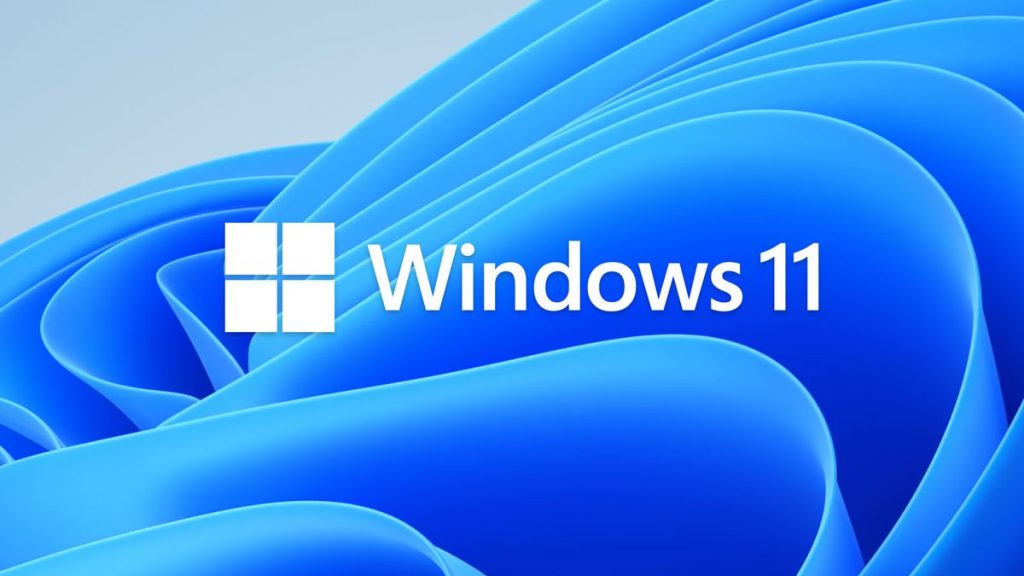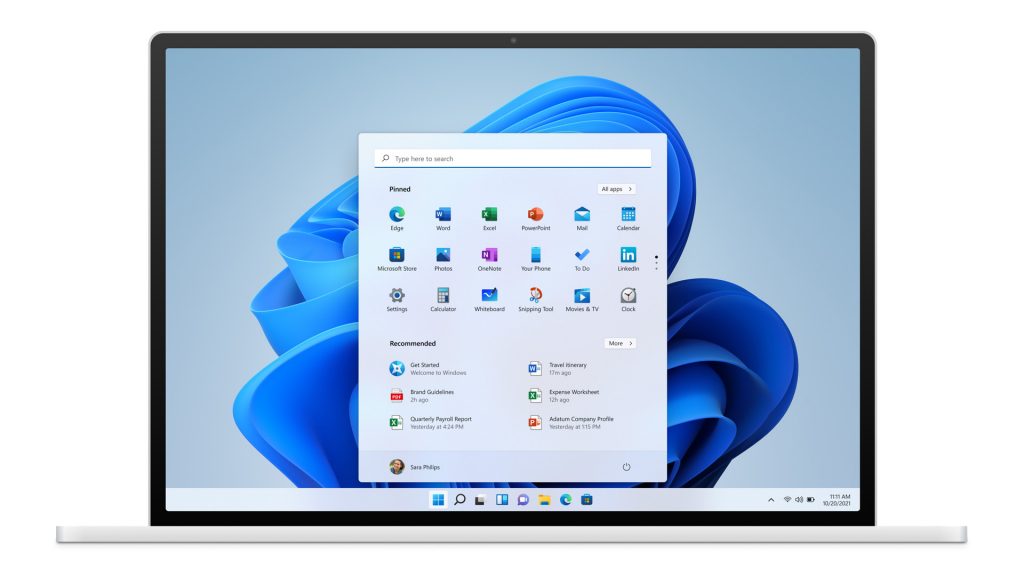Windows Tech Poses A Major Consumer Privacy Risk
Windows users beware! A privacy-compromising bug may be putting your data at risk.
This article is more than 2 years old

A bug in Windows 10 and 11 has created a significant issue for consumers. Certain locally stored documents synced with Microsoft’s OneDrive are vulnerable to being stolen. This bug explicitly affects Window’s reset option its inability to work as intended.
Windows’ reset button is used to wipe the desktop and hard drive of unwanted files. Those who want a fresh start or need to eliminate documents use this function to revert the computer to its original state. Windows’ new bug is threatening this option, saving files that were supposed to be wiped out by the reset. With the user believing their documents have been deleted, data is vulnerable to swiping.
Both Windows 10 and 11 are affected by this perplexing bug. Though there’s not much of an explanation for why it’s happening, Microsoft located OneDrive as a significant factor. Files synced or downloaded through OneDrive are the files that stick around after the reset is employed. Microsoft included in its statement that any files with folders that hold reparse data are also resistant to the reset.
Though having your files remain on your desktop doesn’t seem like the most significant privacy issue, there are many ways the reset-button failure could threaten a person’s security. The inability to access delete options could mean considerable consequences for those with stolen or misplaced laptops. People intending to clear a computer’s hard drive for resale could also leave their documents vulnerable to the potential buyer.

While Microsoft started to develop an upgrade to remove the bug, the company had a few helpful tips for those struggling with the reset failure. Microsoft found that Cloud-only OneDrive files were not affected by the bug. A user can either delete the old folder after restarting a computer or sign out of OneDrive before resetting the PC’s hard drive.
Microsoft’s Windows 11 was released last October, and its updates will arrive sometime in mid-2022. Microsoft is already working hard to eliminate the reset-function mishap, but Windows 11 has received little positive attention even with this promise. As of February, only 20% of Microsoft users had upgraded their software from Windows 10 to Windows 11. This past February, Windows 11 adoption went up only by 3%, a slow climb for Microsoft’s newest software.
Microsoft foresees Windows 11 will eventually take over 10 in its total amount of users, but that goal may take a minute to accomplish. Many PC users chose to stay on the Windows 10 21H2 update that was released in July instead of changing over to Windows 11, which arrived a few months later. The 21H2 update beat out version 11 by a small percentage, with 21% of PC customers choosing to install the newest version of Windows 10.
While Microsoft was already busy finalizing its Windows 11 upgrade, the frustrating OneDrive bug came along to create further stress. The tech company stated that they are working on a solution, but it’s unclear when a further update will accompany it. For now, Microsoft’s mitigation tactics will help users navigate the reset button’s insufficiency.



